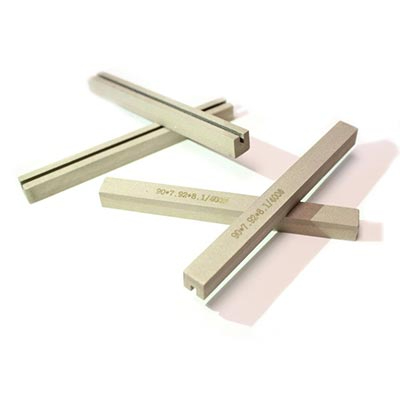What are the characteristics of a vacuum circuit breaker?
Vacuum circuit breakers (VCBs) possess several characteristics that make them a popular choice for various electrical applications. These characteristics contribute to their reliability, efficiency, and suitability for specific roles in electrical distribution and protection systems. Here are the ke......
Send Inquiry
Product Description
Vacuum circuit breakers (VCBs) possess several characteristics that make them a popular choice for various electrical applications. These characteristics contribute to their reliability, efficiency, and suitability for specific roles in electrical distribution and protection systems. Here are the key characteristics of a vacuum circuit breaker:
1. High Dielectric Strength:
- Vacuum circuit breakers exhibit excellent dielectric strength due to the absence of gases or insulating oils. This allows them to withstand high electrical stresses and voltages without breaking down.
2. Rapid Arc Extinction:
- One of the most significant advantages of VCBs is their ability to extinguish electrical arcs quickly. When the contacts of a VCB open, the arc that forms is rapidly extinguished within milliseconds. This ensures swift interruption of current and minimizes damage to the electrical system.
3. Minimal Contact Erosion:
- Because arcs are quickly extinguished in a vacuum, the contacts of a VCB experience minimal erosion or wear during operation. This characteristic contributes to their longevity and reduces maintenance requirements.
4. Compact and Lightweight:
- VCBs are typically more compact and lighter in weight compared to some other types of circuit breakers, such as oil circuit breakers or gas-insulated circuit breakers. This makes them suitable for applications with space constraints.
5. High Reliability:
- Vacuum circuit breakers are known for their high reliability and consistent performance. They can operate reliably for a large number of switching cycles without a significant decrease in performance.
6. Maintenance-Free:
- Unlike circuit breakers that rely on insulating gases or oils, VCBs are virtually maintenance-free. They do not require periodic refilling of insulating materials or extensive maintenance procedures.
7. Environmentally Friendly:
- VCBs are environmentally friendly because they do not use greenhouse gases like sulfur hexafluoride (SF6), which is common in some other types of circuit breakers. The absence of such gases reduces the environmental impact and helps mitigate climate change.
8. Suitable for Medium and High Voltage:
- Vacuum circuit breakers are available for both medium-voltage (MV) and high-voltage (HV) applications. They are used in a wide range of voltage levels, making them versatile for various electrical systems.
9. Short Circuit Withstand Capability:
- VCBs are capable of handling high short-circuit currents, making them suitable for installations where fault currents can be substantial.
10. Fast Operating Mechanisms:
- VCBs are equipped with efficient operating mechanisms, which can include spring-charged mechanisms, magnetic actuators, or motor-driven mechanisms. These mechanisms ensure quick opening and closing of the contacts.
11. Wide Operating Temperature Range:
- Vacuum circuit breakers can operate effectively across a wide range of temperatures, making them suitable for outdoor and indoor applications in various climates.
12. Low Noise Levels:
- VCBs generate minimal noise during operation compared to some other circuit breaker types. This can be advantageous for noise-sensitive environments.
In summary, vacuum circuit breakers offer several key characteristics that make them highly desirable for many electrical applications. Their rapid arc extinction, reliability, compactness, minimal maintenance requirements, and environmental friendliness contribute to their widespread use in medium-voltage and high-voltage electrical systems.









